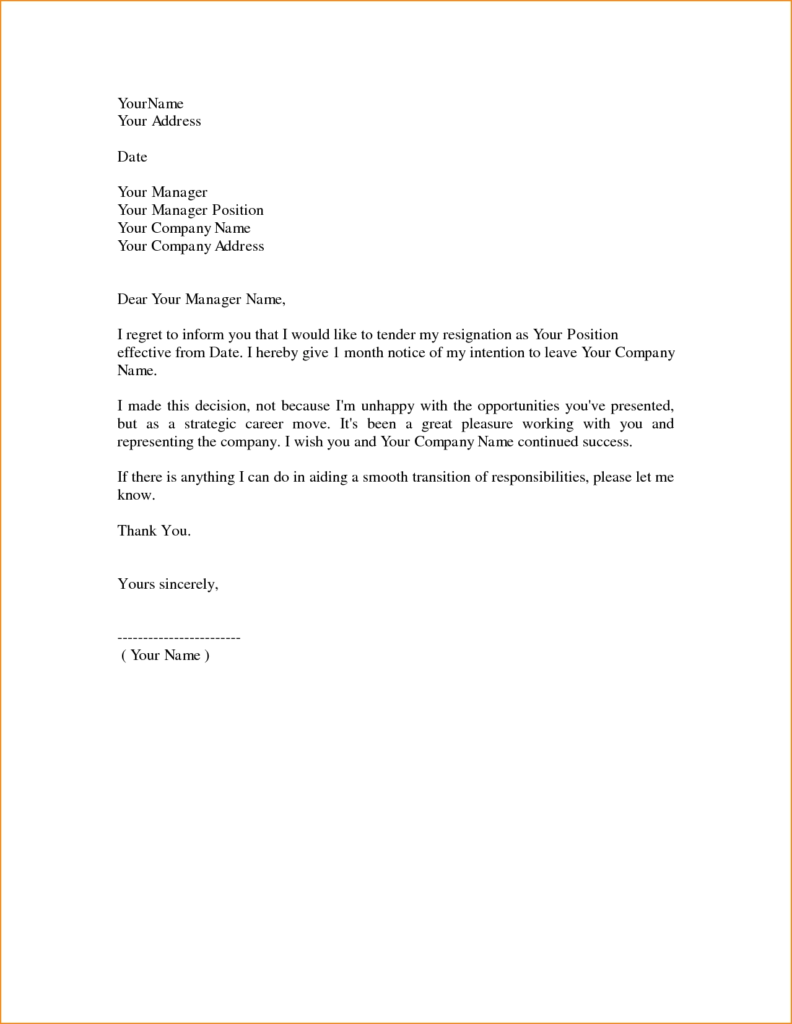Introduction Congratulations! You’ve found the perfect candidate for your organization. But before you welcome them on board, there’s one critical step you need to complete: providing them with an appointment letter. An appointment letter is a formal document that outlines the terms and conditions of employment between you and your employee. It is an essential communication tool that sets expectations and ensures clarity on both sides. In this blog post, we’ll take a deep dive into everything you need to know about creating an effective appointment letter format. We’ll cover the following topics: When an appointment letter is provided The components of an appointment letter format How to create an appointment letter Frequently asked questions about appointment letters When Appointment Letter is Provided? An appointment letter is typically provided once the candidate has accepted the job offer. The letter should be provided before the employee’s start date to allow them enough time to review the terms and conditions of employment and seek clarification if required. The Components of an Appointment Letter Format An appointment letter should contain the following components: Company Details: Include your company’s name, address, and contact details. Employee Details: This section should include the employee’s name, position, and start date. Job Description: Provide a brief overview of the job responsibilities and expectations. Terms and Conditions: This section should include details about the employee’s compensation, benefits, working hours, and leave policy. Probationary Period: If there is a probationary period, mention it in this section and outline the terms and conditions of employment during this period. Confidentiality and Non-Disclosure: If applicable, include a confidentiality and non-disclosure agreement in the appointment letter. Termination Clause: This section should outline the terms and conditions of termination of employment. Signatures: The appointment letter should be signed by the employer and the employee to indicate their acceptance of the terms and conditions of employment. How to Create an Appointment Letter? Creating an appointment letter is not as complicated as it may seem. Here’s a step-by-step guide to help you create an effective appointment letter: Step 1: Start with a template The easiest way to create an appointment letter is by using a template. There are several templates available online that you can use as a starting point. Make sure the template you choose is professional and includes all the essential components. Step 2: Customize the template Once you have a template, customize it to suit your organization’s needs. Include your company’s name, address, and contact details. Make sure the employee’s details are accurate, and the job description is specific and clear. Step 3: Include the terms and conditions of employment The terms and conditions of employment should be outlined clearly in the appointment letter. This includes details about the employee’s compensation, benefits, working hours, and leave policy. Make sure you include all the relevant details to avoid confusion. Step 4: Include a probationary period clause If there is a probationary period, include it in the appointment letter. Outline the terms and conditions of employment during this period, including the duration of the probationary period and the criteria for the employee to become a permanent employee. Step 5: Include a termination clause It’s essential to include a termination clause in the appointment letter. This outlines the terms and conditions of termination of employment, including notice period and reasons for termination. Step 6: Proofread and edit Before you send the appointment letter to the employee, make sure you proofread and edit it thoroughly Check for spelling and grammatical errors, and ensure that the letter is clear, concise, and easy to read. Step 7: Get it signed Once you have created the appointment letter, send it to the employee for their review and signature. Ensure that they understand the terms and conditions of employment before they sign the letter. You should also sign the letter to indicate your acceptance of the terms and conditions. Frequently Asked Questions About Appointment Letters Q: Is an appointment letter legally binding? A: Yes, an appointment letter is a legally binding document that outlines the terms and conditions of employment between you and your employee. Q: Can an appointment letter be revised? A: Yes, an appointment letter can be revised, but any changes should be communicated to the employee in writing and agreed upon by both parties. Q: What should I do if an employee refuses to sign the appointment letter? A: If an employee refuses to sign the appointment letter, you should have a conversation with them to understand their concerns. If the concerns are valid, you may need to revise the terms and conditions of employment. If the employee is unwilling to sign the letter without a valid reason, you may need to consider rescinding the job offer. Q: Do I need to provide an appointment letter for part-time employees? A: Yes, you should provide an appointment letter for all employees, regardless of their employment status. Conclusion Creating an effective appointment letter format is critical to ensure that both you and your employee have a clear understanding of the terms and conditions of employment. By following the steps outlined in this blog post, you can create an appointment letter that is professional, effective, and legally sound. Remember, an appointment letter is a legally binding document, so ensure that you provide accurate and complete information to avoid any confusion or misunderstandings.








